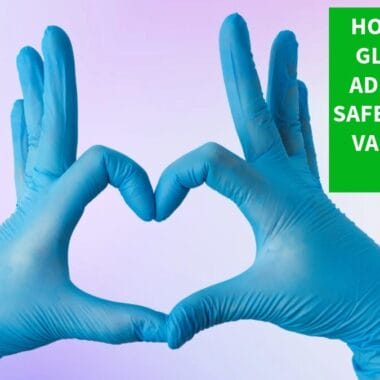What is Chemical Exposure Monitoring?
Chemical exposure monitoring is the process of assessing and measuring the presence of hazardous chemicals in the workplace to ensure that the exposure levels for workers remain within safe limits. This process involves collecting air samples, surface samples, or biological samples to identify the concentration of toxic chemicals, fumes, vapors, or dust that may pose health risks to employees. Chemical exposure monitoring is critical for industries such as manufacturing, chemical processing, pharmaceuticals, laboratories, and construction, where workers frequently handle or come into contact with potentially harmful substances.
The goal of chemical exposure monitoring is to detect, evaluate, and control the levels of hazardous chemicals in the work environment, ensuring compliance with safety regulations and protecting worker health.
Importance of Chemical Exposure Monitoring in the Enterprise Environment
In industries where workers are exposed to hazardous substances, chemical exposure monitoring plays a vital role in preventing workplace illnesses, injuries, and long-term health issues. Prolonged or excessive exposure to toxic chemicals can lead to respiratory problems, skin irritation, chemical burns, and chronic conditions such as cancer or neurological disorders. By regularly monitoring chemical exposure, enterprises can identify potential hazards early, implement control measures, and ensure that exposure levels remain within permissible limits.
For enterprises, chemical exposure monitoring is also a key component of regulatory compliance. Agencies such as OSHA (Occupational Safety and Health Administration) and NIOSH (National Institute for Occupational Safety and Health) have established exposure limits for various hazardous chemicals. Businesses are required to monitor exposure levels, document findings, and take corrective actions when necessary. Failure to comply with these regulations can result in legal penalties, fines, and worker compensation claims.
Additionally, chemical exposure monitoring helps improve overall workplace safety, fostering a healthier and more productive workforce. By maintaining safe exposure levels, businesses can reduce absenteeism, boost employee morale, and mitigate the risks of costly accidents or production shutdowns.
Types of Chemical Exposure Monitoring
1. Personal Exposure Monitoring
- Purpose: Measures the exposure levels of individual workers using personal sampling devices.
- Common Uses: Suitable for industries where workers are directly handling hazardous chemicals.
2. Area Monitoring
- Purpose: Measures the concentration of chemicals in a specific area or workspace.
- Common Uses: Used in chemical plants, laboratories, and confined spaces.
3. Biological Monitoring
- Purpose: Involves analyzing biological samples (e.g., blood, urine) to assess the level of chemical absorption.
- Common Uses: Common in healthcare and industries with exposure to toxic or carcinogenic substances.
Managing Chemical Exposure Monitoring with Enterprise Software
Enterprise software can streamline chemical exposure monitoring by automating data collection, tracking exposure levels, and ensuring regulatory compliance. Key features include:
- Real-Time Data Tracking: Monitor chemical exposure levels in real-time and receive alerts when thresholds are exceeded.
- Compliance Reporting: Automatically generate reports for OSHA and other regulatory bodies to document exposure levels and corrective actions.
- Monitoring Schedule Management: Set up automated schedules for regular chemical exposure assessments and track sampling results over time.
Conclusion
Chemical exposure monitoring is an essential safety practice in industries where hazardous substances are present. It ensures that workers are not exposed to harmful chemicals at dangerous levels, promoting health and safety in the workplace. By leveraging enterprise software, businesses can effectively manage chemical exposure monitoring, maintain regulatory compliance, and create a safer working environment for their employees.
« Back to Glossary Index
















